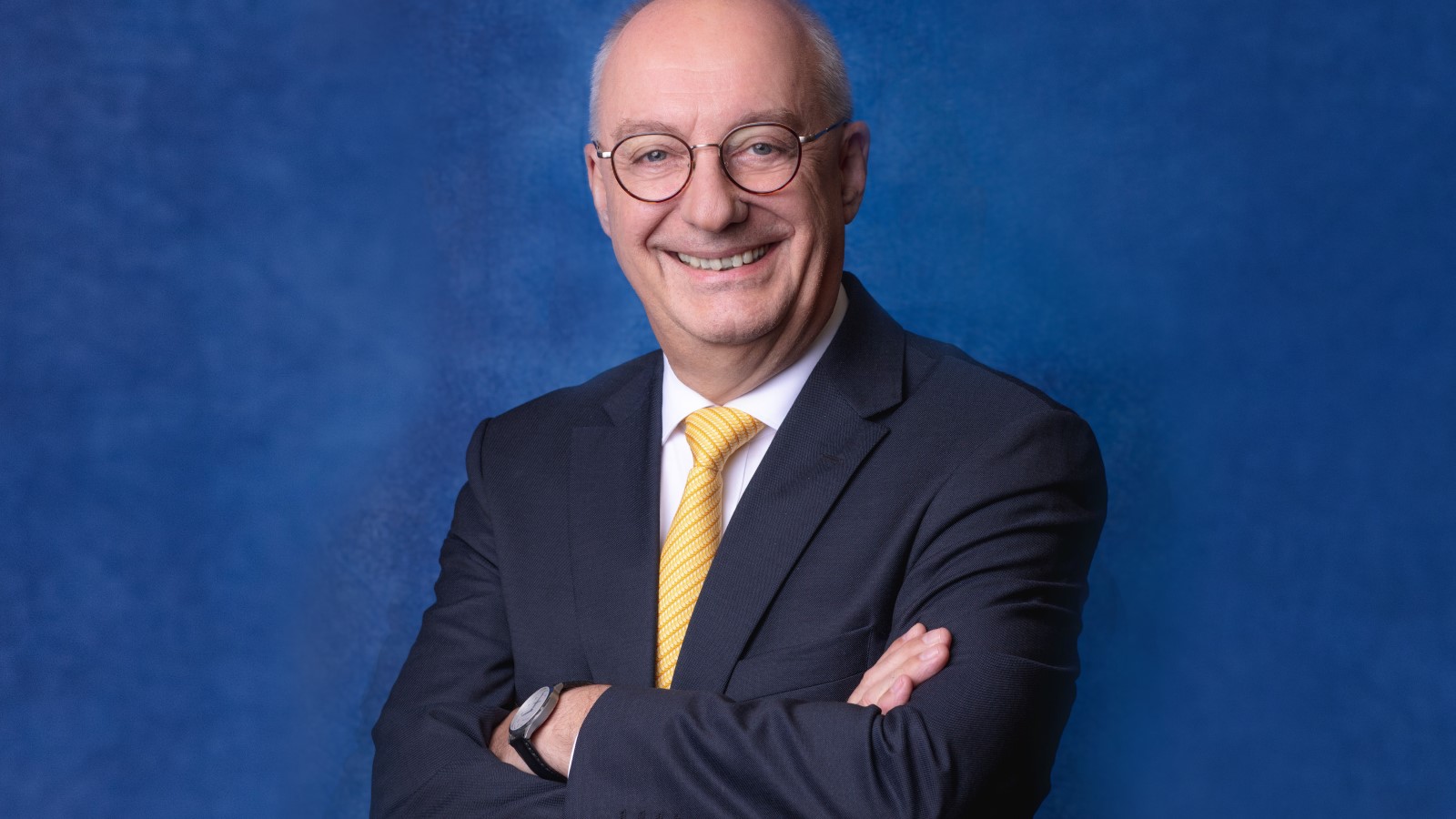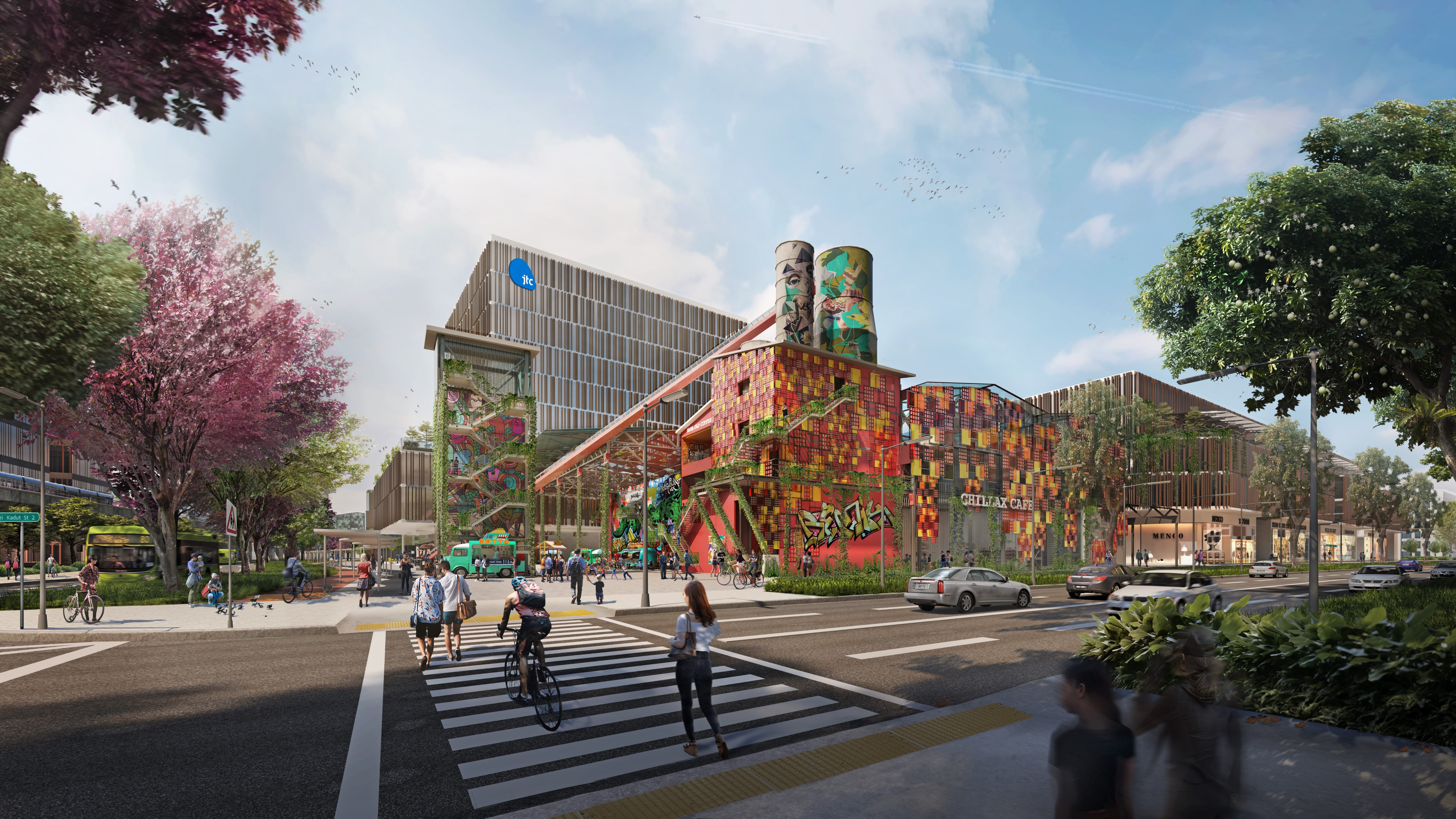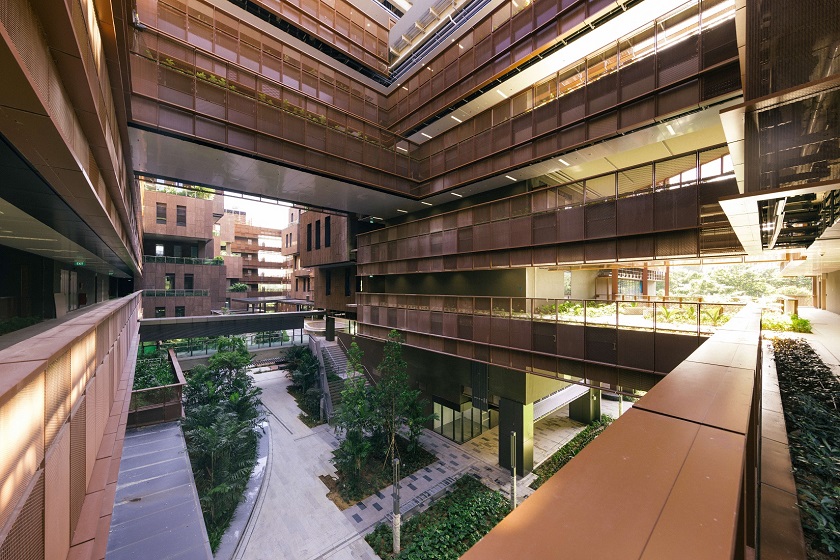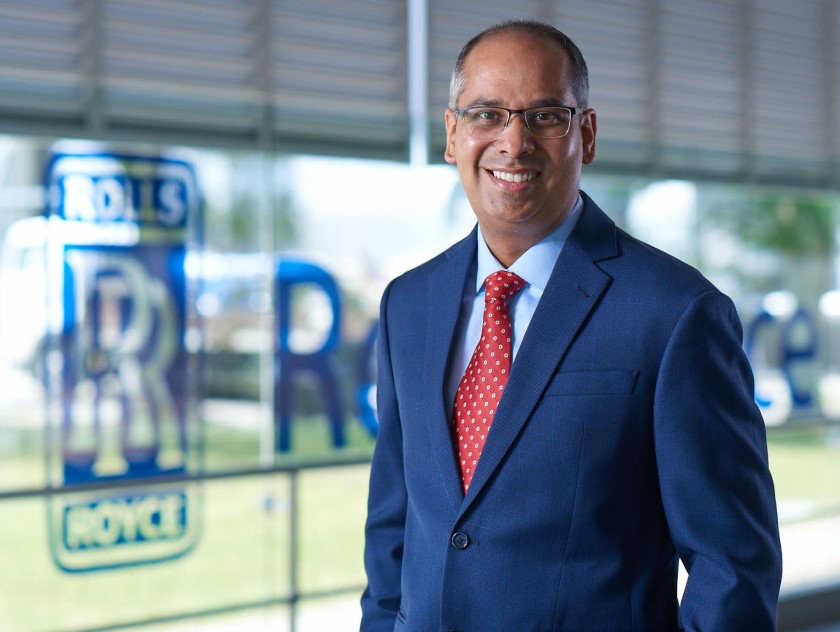Professor Arnoud De Meyer — global academic leader, business academic at the Lee Kong Chian School of Business of Singapore Management University and founding Dean of INSEAD’s Asia Campus in Singapore — is one with deep insights from decades of experience in top international institutions in Europe and Asia. He drills down on how industrial estates need to evolve for Singapore to succeed in the future.
To realise the industrial estate of the future, we need to have a clear commitment to manufacturing as the driver to the economy. We also need to have a deep understanding as a population, what the government already understands, that manufacturing is essential to the survival of Singapore. We cannot become a pure service economy. Cities like London, New York and Tokyo have hinterlands to draw from—we do not. If we want to keep professional services such as accounting and law in the country, we need to keep manufacturing. Our target for the sector should be 20% of our GDP, which is comparable to countries like Japan and Germany, and higher than that of UK and France, which is around 10%.
We also need to constantly improve our productivity, but not necessarily focus only on labour productivity. Instead I refer to total factor productivity, where the combination of capital, technology, materials, processes and people are utilised in the most efficient way possible. Then, we can be competitive with India in producing the latest iPhone even though we have a high labour cost. We have to create industrial estates where highly advanced manufacturing can happen. These estates need to combine pure manufacturing with 3D printing, additive manufacturing, engineering facilities and probably research facilities.
The industrial estate should be in an urban area where possible. People prefer to live close to their place of work. They save time on the commute, but more than that, the proximity of a workplace allows people flexibility in organising their day. Perhaps work in the morning, then take care of their parents, then work again in the afternoon; or work from home and drop by the workplace for a few hours, perhaps for a meeting. These different labour patterns will require better integration of working, living and lifestyle environments.
The Kallang-Kolam Ayer district, for example, has a lot of old industrial estates and old public housing. In the old-fashioned approach, you would say that these industrial estates need to make way for residential development. But then you would force people to commute. If you upgrade the district to a nice environment that attracts high-end manufacturing and engineering, you could have people moving back and forth between home and work. It is a much more flexible work organisation, which is what all of us want to have.

I also see a move all over the world towards more integrated industrial estates, where independent companies work together and have good relationships with each other. Jurong Island is an example of that, where there is a concentration of oil and gas businesses, as well as engineering and logistics companies. Another example is Sungei Kadut Eco-District, where you have agro- and agri-companies coming together in an ecosystem based on agriculture. That is very different from what I saw 25 years ago, where an MNC would set up a subsidiary or factory here that would have very little to do with its neighbours.
Integrated ecosystems (such as the Circular Economy implemented within the Jurong Island community) can explore how the by-products of some companies can serve as resources for others. Denmark’s Kalundborg Eco-Industrial Park and some of South Korea’s industrial complexes are some examples. To illustrate: pulp from Wilmar Sugar in Australia, which produces sugar from sugar cane, used to be dumped. But someone came up with the idea of burning it for electricity. Today, Wilmar’s sugar mills in Queensland, which sit in the midst of sugar cane plantations, are powered by steam produced by burning the leftover fibre, with the excess energy going to the Queensland power grid.
For most industries, the technical solutions for low carbon footprint are there, but they might not be economically feasible to implement. We need to get the price down, and that is where joint management of non-competitive resources in an industrial estate can help. Of course, Singapore will still need to do some carbon offsetting. We are already at the limit of land reclamation, so I do not see how we can create mangroves and places that will help in carbon offsetting. That is why we need to have good relationships with Indonesia and Malaysia, because they have plenty of space. For them, it is a good business if they can sell carbon offset.
For Singapore to thrive, we need to stimulate a spirit of innovation and entrepreneurship. The idea that you must constantly upgrade yourself needs to be part of the culture. The concept of Punggol Digital District (PDD), where there is collaboration between the Singapore Institute of Technology (SIT) and companies on the premises, is very promising. It is great to integrate a university into an industrial estate.
A long time ago, when Silicon Valley was about Hewlett-Packard, Intel and other hardware-based companies, a study was done, showing that carpooling was a major driver of innovation. Engineers who worked for these companies and lived in the same neighbourhood would share rides into the office. In the car, they would talk about what they were doing — “How would you solve this?” — so there was this interaction between engineers that improved the ecosystem knowledge. I call it ecosystem goods, the knowledge that you share with each other that does not destroy your intellectual property. Maybe that interaction can happen in the shared spaces of industrial estates here.
When I visit these places, I see that companies have their own cafeteria. That is fine, but you can think about adjoined facilities designed to encourage sharing. That is what I hope for the industrial estate of the future — one where you have enough common spaces for people to exchange ideas and build up knowledge, that is highly integrated with a circular economy and into its urban environment, so people have flexibility in organising their work.

Singapore’s competitive advantage has always been its location. Sir Stamford Raffles was no dummy when he chose Singapore as a trading hub. We are between the Middle East, India, Southeast Asia, and East Asia. Before, the weight of manufacturing was in Europe and the US, and a lot of the traffic was trans-Atlantic. Now, with the rise of China, the remaining importance of Japan, Australia as a source for raw materials and a quickly evolving Middle East and India, we are even better located.
Beyond that, the environment here is conducive to business: we have stable and predictable industrial policies, a good intellectual property regime, a well-educated workforce, constant efforts to upgrade skills and efficiency in setting up businesses. You can ramp up a factory quite quickly.
The government has also invested enormously in Industry Transformation Maps (ITMs)—roadmaps for productivity improvement, internationalisation and innovation and skills development. But making companies aware of them, and letting them understand what’s in it for them, is still a challenge.
We should also know more about the region we live in. Most people know Tokyo, Shanghai, New York and London, but how many of us have been to Medan or Surabaya? There is so much going on in Ho Chi Minh City and Jakarta in terms of entrepreneurship and new ideas. Looking ahead, what can be considered is linking industrial estates here to those elsewhere in the region to form a regional network for partnerships between our industrial estates and those in other cities for division of tasks. For example, a company could have its manufacturing processes in one city and its innovation centre in another, but all within JTC estates. Just as varsities learn from their satellite campuses in other cities, we can also enrich our perspective through a regional industrial estate network—especially for Singapore to better play its role as a regional and global hub.
This story appears in 'Dream Factories', a publication by JTC that presents the transformation journey of our industrial estates. To read the rest of the publication, click here.


